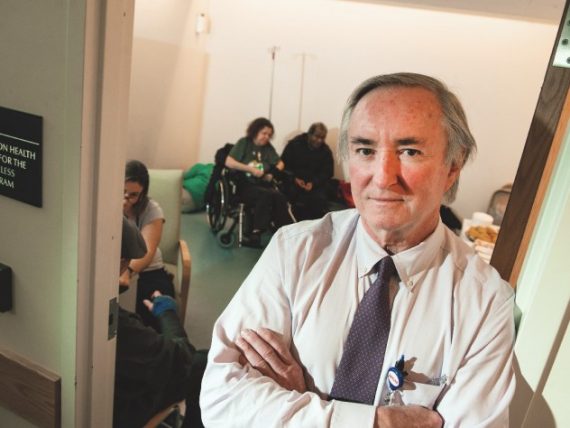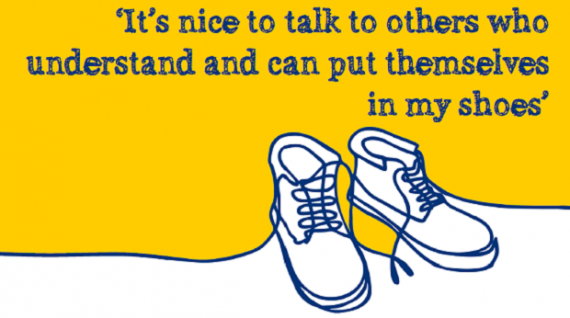
(7-9-18) A consulting company hired by the National Alliance on Mental Illness held a telephone conference call last month with a group of parents who are advocates for the 4% of Americans who have serious mental illnesses, such as schizophrenia, bipolar disorder, and persistent life debilitating depression.
A spokesperson for Community Wealth Partners said its consultants had been hired to help NAMI’s Board of Directors create a multi-year strategic plan. This surprised some parents on the call because they thought they would be raising their concerns directly with NAMI CEO Mary Giliberti.
After the call, several participants offered to write blogs for me about the issues that they’d raised.
This week, I will post four blogs. Each writer has been active at some point in NAMI.
As always, I welcome your opinion on my Facebook page – pro or con – about the forthcoming blogs. As a courtesy, the authors asked me to send their blogs to NAMI’s national leadership before I posted them, which I did late last week.
Let’s begin with some history that will help put into context why the phone call was held.







